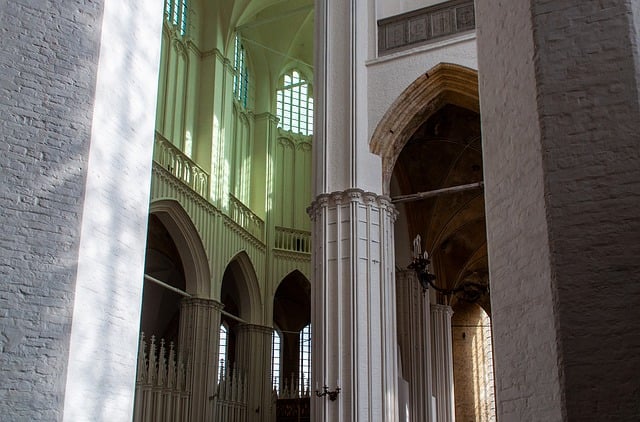Mastering Masonry: A Guide to Excellence in Architectural Design
Masonry work is more than just a construction technique; it is an art form that embodies both strength and beauty. For architects and builders alike, mastering the intricate details of masonry can lead to extraordinary architectural designs that stand the test of time. In this guide, we will explore the nuanced relationship between masonry work and architectural excellence.
The Historical Significance of Masonry
From the grand pyramids of Giza to the majestic cathedrals of Europe, masonry has been a cornerstone of architectural innovation throughout history. The timelessness of materials such as brick, stone, and concrete has allowed cultures around the world to express their identities, beliefs, and advancements through structure. Embracing this historical significance can inspire modern designers to honor tradition while pushing creative boundaries.
The Aesthetic Appeal of Masonry Work
One of the most captivating aspects of masonry work is its unique ability to blend functionality with aesthetics. The texture, color, and form of bricks and stones create a sensory experience that no amount of modern cladding can replicate. Architects can use masonry to play with light and shadow, creating captivating visual effects that enhance their designs. Whether employed in exterior facades or interior features, masonry adds depth and character to architectural projects.
Techniques to Enhance Your Masonry Skills
To truly excel in masonry, it’s important to master a number of techniques that can elevate the quality of your work. Consider the following:
- Precision Cutting: Ensure that each stone or brick is cut with exact measurements for a seamless fit.
- Quality Materials: Choose high-quality materials that not only enhance aesthetic appeal but also ensure longevity.
- Mortar Mix: The right mortar mix is essential for durability; it acts as the bond between elements.
- Pattern Design: Experiment with different laying patterns to create distinct styles, such as herringbone or basketweave.
Incorporating Modern Innovations
While masonry work is steeped in tradition, modern technology offers architects innovative tools and materials that can enhance traditional methods. Incorporating precast masonry units can streamline construction while maintaining the aesthetic essence of masonry. Additionally, advances in moisture control and insulation can improve the functionality of masonry structures, thus bridging the gap between classical techniques and contemporary architectural needs.
The Role of Sustainability in Masonry Work
As the architectural community shifts towards sustainable practices, masonry work can play a crucial role. Natural materials, energy-efficient designs, and reduced waste during construction all contribute to a greener future. Architects should consider local sourcing of materials, which not only supports the community but also reduces transportation emissions. The durability of masonry means fewer resources are needed for repairs and replacements, making it an environmentally friendly choice.
Showcasing Your Work
Once you have honed your masonry skills, it’s essential to showcase your work effectively. Professional photography that captures the texture and compliments the scale of masonry structures can elevate your portfolio. Additionally, engaging with clients through visual storytelling about the process and materials used in your masonry projects can draw them into the enchanting world you’ve created.




